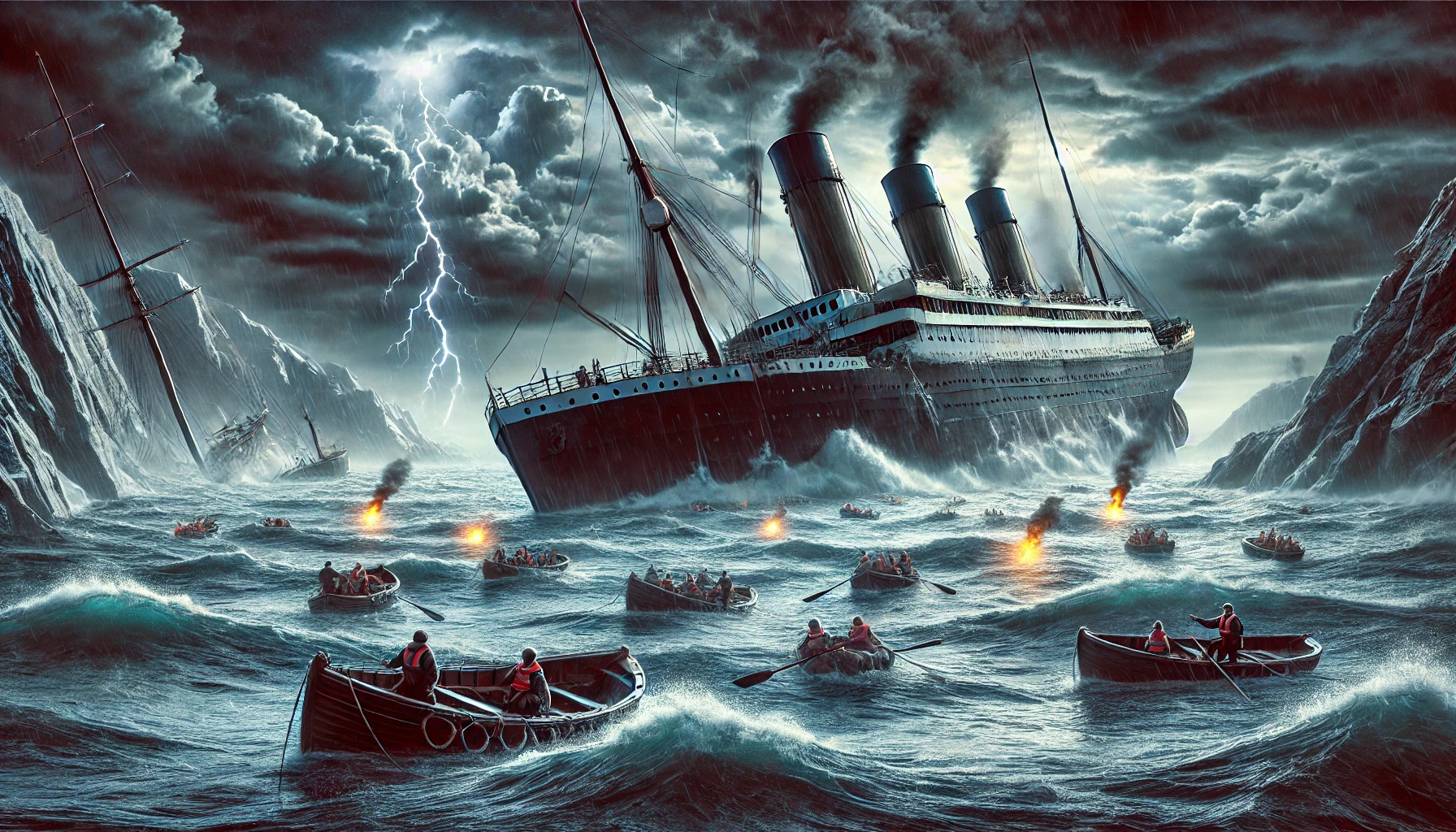Maritime disasters, from the Titanic to the Costa Concordia, create lasting impacts beyond the immediate tragedy. These events teach vital lessons about safety, preparedness, and the need for stricter regulations in maritime operations. By studying these incidents, the maritime industry can improve practices and prevent similar disasters from occurring in the future.
Each disaster has unique factors, but common themes emerge in their aftermath. They reveal how human error, environmental conditions, and inadequate safety measures can lead to catastrophic results. Understanding these failures helps audiences appreciate the importance of maritime safety and the continued evolution of standards.
Exploring famous maritime disasters not only honors those affected but also highlights significant progress in ship design and safety protocols. By looking back, they can ensure that the lessons learned are not forgotten, making the seas safer for everyone involved.
Historic Maritime Catastrophes
Maritime disasters have left lasting impacts on history and safety regulations. Each catastrophe not only changed lives but also provided critical lessons for the future.
RMS Titanic: Impact and Investigation
The RMS Titanic sank on April 15, 1912, after colliding with an iceberg. This tragic event resulted in the loss of over 1,500 lives and shocked the world.
The investigation that followed revealed many failures, including inadequate lifeboats and poor communication.
The sinking led to significant changes in maritime safety regulations. These included improvements in ship design and mandatory lifeboat drills for crew members.
Empress of Ireland: Collision in the Mist
The Empress of Ireland sank on May 29, 1914, after a collision with a Norwegian collier in thick fog. This disaster took place in the St. Lawrence River and claimed the lives of 1,012 passengers and crew.
The ship went down quickly, within just 14 minutes. Most victims could not escape due to the rapid sinking.
The tragedy highlighted the need for better navigation practices and sound signals in low visibility conditions. As a result, many regulations were revised to prioritize safety during poor weather.
SS Sultana: The Forgotten Tragedy
The SS Sultana was a steamboat that exploded on April 27, 1865, killing over 1,800 people. The incident is the deadliest maritime disaster in U.S. history, yet it is often overlooked in history books.
Many of the passengers were Union soldiers returning home after the Civil War. The explosion was caused by poor boiler maintenance and overcrowding.
The Sultana disaster led to discussions about safety regulations for passenger vessels. This event showed that government oversight was crucial for the safety of travelers on rivers and lakes.
Understanding Natural Disasters at Sea
Natural disasters at sea can be devastating events. Two significant examples include the Great Galveston Hurricane and the 2004 Indian Ocean Tsunami. Each event teaches valuable lessons about preparedness and response.
The Great Galveston Hurricane
The Great Galveston Hurricane struck in September 1900. It is one of the deadliest natural disasters in U.S. history. Winds reached up to 145 mph and the storm surge overwhelmed the island.
More than 8,000 lives were lost, and the city’s infrastructure was devastated. The lack of communication and early warning systems contributed to the high death toll. Communities were unprepared for such a powerful storm.
This tragedy highlighted the need for better forecasting and emergency response plans. It led to improvements in meteorological science and the establishment of the National Weather Service.
2004 Indian Ocean Tsunami: Warnings Overlooked
On December 26, 2004, a massive undersea earthquake triggered a tsunami that struck several countries around the Indian Ocean. Waves reached heights of up to 100 feet, causing immense destruction.
Countries like Indonesia, Sri Lanka, and Thailand faced catastrophic damage. The tsunami claimed over 230,000 lives, making it one of the deadliest natural disasters ever.
Warning systems were either inadequate or nonexistent in many affected areas. This disaster underscored the necessity for effective alert systems and community preparedness. It also led to the creation of better international warning networks to safeguard coastal populations.
Technological and Human Errors
Maritime disasters often highlight significant failures in technology and human judgment. These incidents remind everyone involved in maritime activities about the importance of both technological reliability and careful decision-making.
Costa Concordia: Navigational Misjudgment
The Costa Concordia disaster in 2012 was marked by serious navigational errors. The captain decided to sail close to the shore near Giglio Island to perform a salute. This choice led to the ship striking a rock, causing it to capsize.
The incident resulted in 32 fatalities and significant environmental damage. Investigations revealed that both human error and poor communication played major roles. The ship’s crew struggled to respond effectively due to panic and disorganization, emphasizing the need for proper training and adherence to safety protocols.
Exxon Valdez Oil Spill: Environmental Impact
The Exxon Valdez oil spill in 1989 remains one of the worst environmental disasters in history. The tanker ran aground due to human error, with the captain being under the influence of alcohol. This oversight caused approximately 11 million gallons of crude oil to leak into Alaska’s Prince William Sound.
The spill devastated local wildlife and ecosystems. Cleanup efforts took years and cost billions of dollars. This disaster highlighted the importance of strict regulations and the need for vigilance in maritime operations. Better crew training and technology could have prevented such a catastrophic event.

